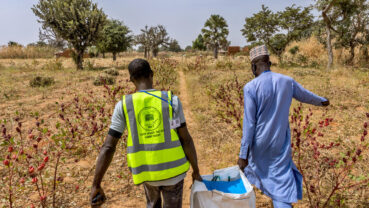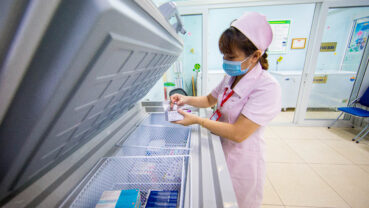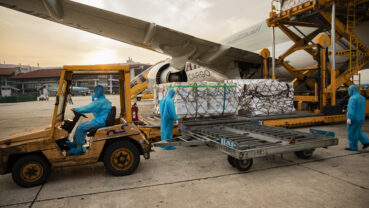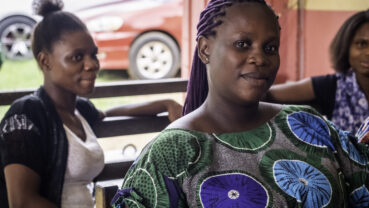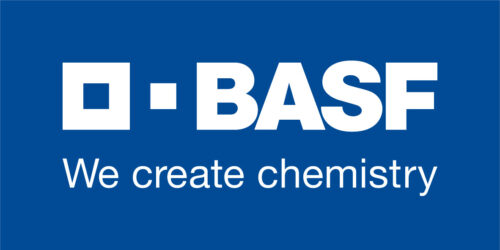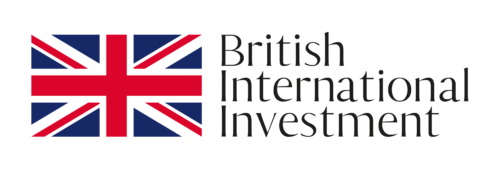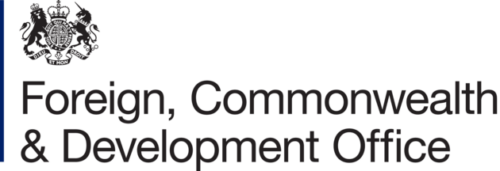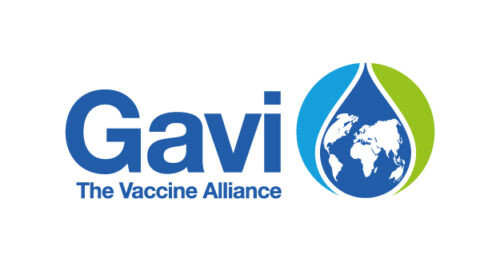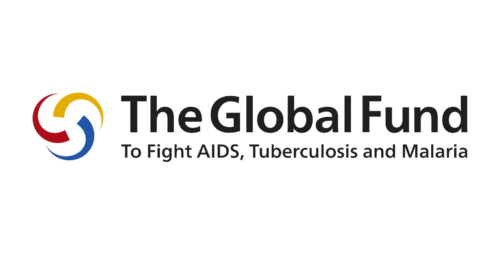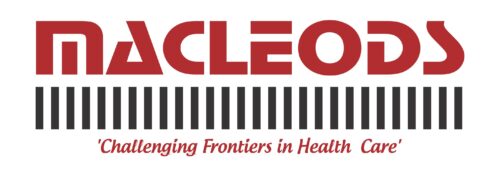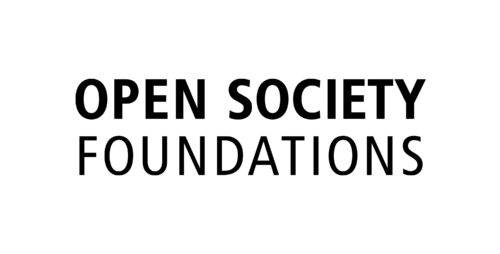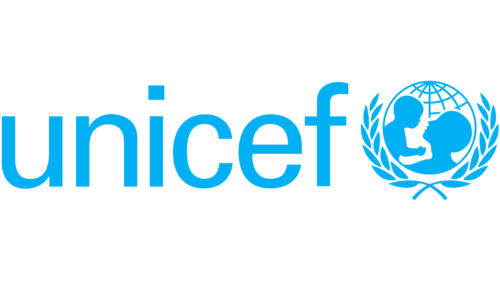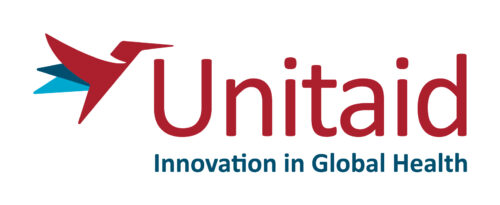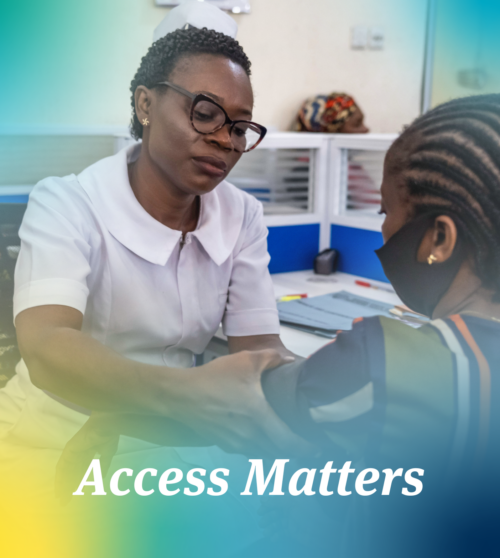Antimicrobial resistance
Growing resistance to antibiotics is a major threat to public health as it reduces treatment options for common but serious infections. Find out how we are working to address antimicrobial resistance.
The challenge
Drug-resistant infections are on the rise. A global study released in 2022 showed nearly 1.3 million people died from antimicrobial-resistant infections in 2019 alone, and the United Nations estimates that could rise to 10 million a year by 2050 unless the world takes significant action. The World Health Organization has named antimicrobial resistance (AMR) – when bacteria, viruses, fungi and parasites no longer respond to existing medicines – as one of the top 10 global public health threats facing humanity today.
Antimicrobials, including antibiotics and antivirals, are used every day in modern medicine – from treating minor illnesses like urinary tract infections, to preventing infection after surgery, to curing deadly diseases like tuberculosis. While pathogens naturally develop resistance to drugs over time, misuse and overuse of antimicrobials, particularly in the agriculture and healthcare sectors, have greatly sped up the process.
Today, many of the most commonly used antibiotics and antimicrobials are no longer as effective, making infections more difficult and costly to treat. We already see this with drug-resistant TB (DR-TB), a growing global threat that is a leading cause of death from AMR. Approximately 410,000 people were diagnosed with DR-TB in 2022. Resistance to lifesaving antiretroviral drugs for people with HIV is also on the rise, affecting nearly 10% of people living with HIV.
However, just as the need for new medicines to combat AMR is increasing, antibiotic research and development is inadequate to meet urgent needs. Only a few products in the pipeline are expected to make it to market within the next 10 years.
Until new medicines are developed, healthcare systems need greater access to second- and third-line drugs that are still effective, while ensuring they are used responsibly. However, those drugs are often more costly and in short supply, putting them out of reach for many low- and middle-income countries with limited health budgets. We urgently need solutions, or many more people will be at risk of dying from infections we currently take for granted as being easily treatable.
By the numbers
1.27m
people died from drug-resistant infections in 2019
410,000
people developed drug-resistant TB in 2022
10%
of people living with HIV have developed resistance to antiretroviral drugs
Our role
MedAccess works with manufacturers and officials to support new, more effective products as they become available. Our financial support can catalyse wider access at affordable prices. For example, in tackling drug-resistant TB, our partnership with Viatris enabled the company to offer the WHO-recommended pretomanid treatment at 34% lower cost and increased access for more than 140 countries (see case study below).
However, the challenge with AMR is finding the balance between accelerating access and guarding against overuse. Expanding access to second-line drugs without proper precautions risks repeating the mistakes that first led to drug resistance. This creates a paradox; without large volumes, prices remain high, making the drugs unaffordable for countries that need them most. This is the new frontier in market shaping: securing affordable prices despite low product volumes.
We are working with the leading procurers of medicines, such as the Global Drug Facility and the Global Fund, to identify innovative, tailored solutions that provide better terms for buyers while mitigating risks for manufacturers.
For example, volume guarantees could establish reserve stockpiles of second-line medicines in countries with growing incidence of AMR. Alternatively, guaranteed financing to a procurement platform could provide opportunities to secure better terms with suppliers.
Any solution must be accompanied by a behavioural change approach that engages all stakeholders – from the agriculture sector to pharmacies to healthcare workers – to ensure appropriate use of antimicrobial medicines. We also need to increase availability of testing so healthcare workers can accurately diagnose an infection and decide which drug is needed, instead of prescribing multiple drugs – misuse that further contributes to AMR.
“Maintaining investment in the development pipeline for new antibiotics – and access to second-line antibiotics in locations without widespread access – is essential.”
The Lancet
Case study: Increasing access to DR-TB treatment
Drug-resistant TB is one of the deadliest forms of antimicrobial resistance. Of the 10.6 million people who fell ill with tuberculosis in 2022, 410,000 had DR-TB – only about 2 in 5 of whom accessed treatment. Without treatment, a person with active TB can also spread the infection to 10-15 people over the course of a year, enabling the deadly drug resistant strain to spread.
Treatments for DR-TB are far more costly, take longer, and cause toxic side effects. Only two-thirds of patients are successfully treated.
We are working with partners to accelerate access to new drugs that provide better and faster treatment. Pretomanid is part of a new treatment regimen, known as BPaLM, recently recommended by WHO as the preferred option for most DR-TB patients. Instead of 20 pills a day for up to 20 months with the old medicines, patients taking BPaLM are treated within just six months.
In 2022, we announced a partnership with Viatris, a global healthcare company, and the TB Alliance to reduce the price of pretomanid by 34%, bringing it closer to the cost of treating non-drug-resistant TB. The partnership will expand access to the new treatments in more than 140 countries, including those with the highest TB burden.
Successfully treating DR-TB saves lives and stops the onward spread of DR-TB to others. This partnership will help 36,000 additional DR-TB patients to be successfully treated, contributing to global efforts to reduce the impact of the infection.
The way forward
If the world does not tackle AMR, we will not reach the Sustainable Development Goal 3 targets of ending communicable diseases like HIV and TB, or reducing maternal and child deaths. The target of universal health coverage will also become increasingly unattainable unless we ensure everyone can access – and afford – the lifesaving second- and third-line medicines needed to treat AMR infections.
Our financial products can help partners accelerate access to existing treatments to help stop the spread of AMR in low- and middle-income countries. We also have an eye on the future. Although many innovations in development are still some years away from approval, we are working with partners to identify gaps and barriers that need to be overcome to get new, effective products into the hands of people who need them.
Our response to other global health priorities
Alongside antimicrobial resistance, see the other global health priorities we are focusing on:

